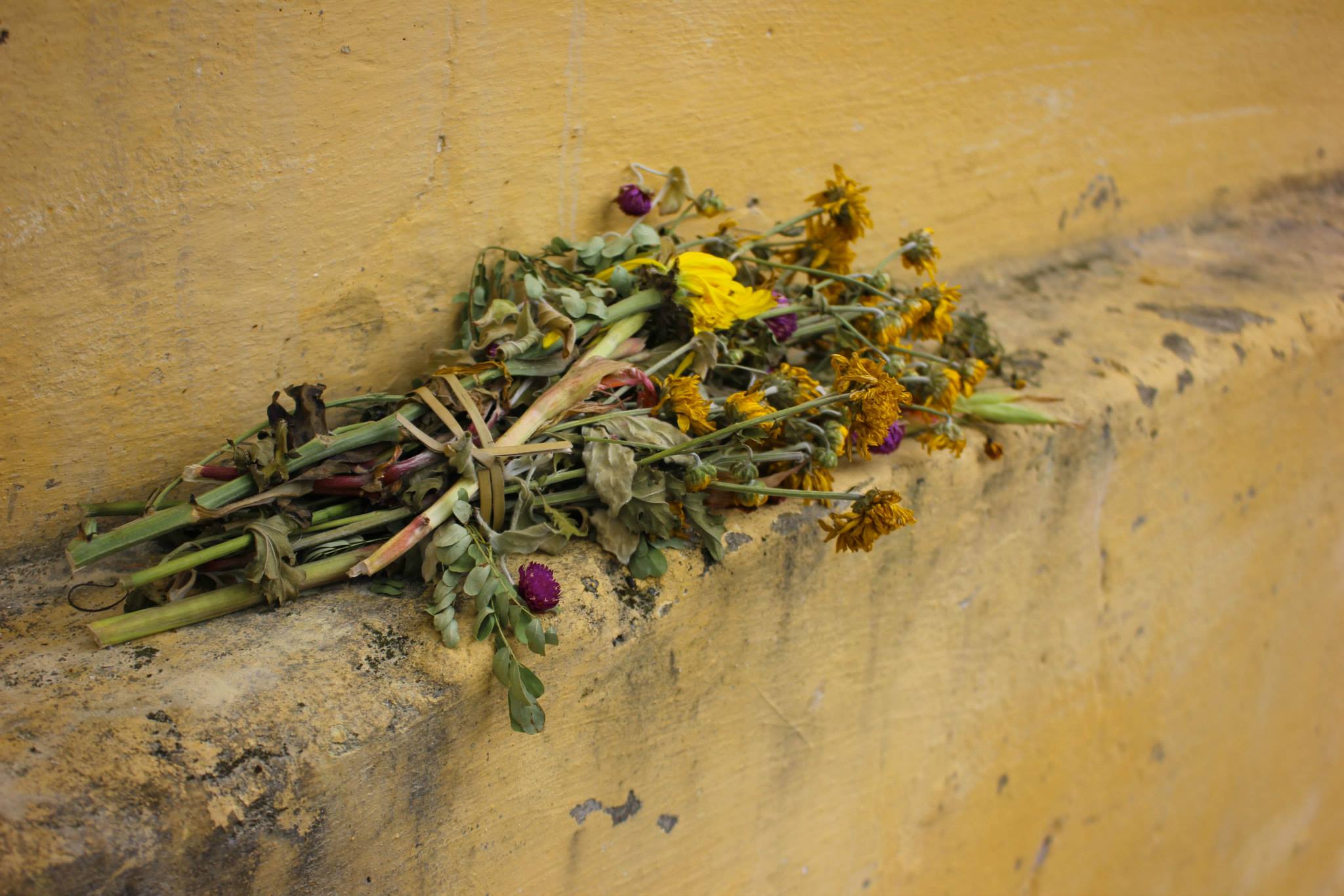What we see captured through the camera lens across time offers an intriguing ethnographic insight into the historical, social, political, economic (and so forth) parameters of a given cultural context. In particular, a close study of media texts across cultural barriers (as well as across decades) really illustrates in what way a particular society or culture has been represented progressively throughout time. Following on from this, it puts forth considerations such as how do different cultures intersect with one another and how this is represented through film.
By focussing on the form, rather than content, the aesthetic means through which this observation has been made has weighted significance, giving a more nuanced understanding to ethnographic investigation. This ultimately presents the question, how do the affordances of cinema (such as colour, composition, texture, lighting, mise-en-scene etc) allow for unravelling of foreign cultures, both traditional and contemporary?
I’ve already written in this studio of how, too often, documentary as a whole fails to achieve the same as the cinematic device on a visual level, with particular reference to the various cinematic elements mentioned above. And it is because of this frustration, that I want to make a focal point of this studio the visual impact that film and documentary as a construct can have (as such an intrinsic element of any story or investigation).
Going deeper into this idea, I want to focus particularly on the intersection between east and west and how The Orient has traditionally been represented through film: how has this representation morphed over time and how can Eastern culture in a Western context be explored through texture, sound, setting, lighting and colour? Such an investigation incorporates a wide-spectrum study – both theoretical and practical – assessing traditional representations and how these have necessitated change alongside increasing globalisation and cultural related awareness.
“The First Monday of May” – which showcases a Met exhibition, “China Through the Looking Glass” – is acting as my vision board, if you will, for what I hope to develop into a conclusive piece towards the end of the semester. The documentary, while theoretically about the annual Met Gala, looks at the inner-workings of the gallery and the problems that arise with representing foreign cultures.
- https://au.pinterest.com/hayleymuir3/china-through-the-looking-glass/
Content aside, the documentary form is incredible, and uses beautiful cinematography, mies-en-scene and sound to provide a propelling sense of atmosphere and emotion. Films such as “Shanghai Gesture” (1941) and “In the Mood for Love” (2000) also offer a really interesting insight into how Oriental culture has been interpreted through the screen progressively as cinema has changed, providing muses such as Anna May Wong.
Our investigation this week wasn’t grounded in a concrete idea of how this final piece will be realised. Instead it was a way of me toying with these ideas, exploring the shapes, texture, sounds, setting and colours of a space such as Melbourne’s China Town and how they can be worked into a final and considered investigation incorporating the ideas explored in this blog.


